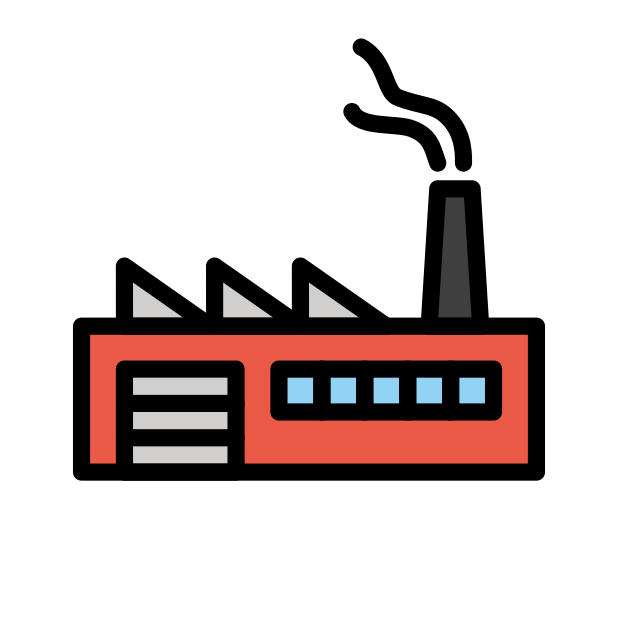Website scraping
Website scraping is an automation tool that extracts and processes content from a specified website URL, tailored to the user's scraping objectives.
Overview
Created by Jacky Koh, this tool is part of a larger project and is designed to simplify the task of collecting data from websites. It begins by taking a user-defined URL and the objectives for scraping as inputs. The tool then employs a 'browserless_scrape' transformation to extract the website's content. If the content exceeds 2400 characters, it triggers an AI-powered summarization process using a large language model. This model generates a concise summary based on the user's objectives, condensing the information into a digestible format. For shorter content, the tool skips the summarization step and directly provides the scraped data. The final output is either an AI-summarized version of the content for longer texts or the original scraped content for shorter texts.
Use cases
Use cases for the Website scraping tool include market research, where analysts can quickly gather and summarize competitor information; academic research, where students and scholars can extract key points from lengthy articles; and content strategy, where marketers can identify trends and topics from various online sources to inform their content plans. Additionally, developers and data scientists can use this tool to collect datasets for training machine learning models or for web content analysis.
Benefits
The primary benefit of the Website scraping tool is its ability to transform overwhelming amounts of web content into actionable insights. It saves time and effort by automating the data extraction process and by providing summaries that highlight the most pertinent information according to the user's needs. This tool is particularly useful for those who require quick understanding of large web pages or need to aggregate data for analysis, research, or content creation.
How it works
The tool operates in a structured manner, starting with the scraping of the website content. Depending on the volume of the content, it either proceeds to summarize the information using an AI model or prepares to output the content as is. The AI model is prompted to create a summary that aligns with the user's scraping objectives, ensuring relevance and conciseness. A JavaScript code transformation is the final step that determines the output based on the content length, delivering either the AI-generated summary or the raw scraped data.
Featured Templates
Templates




.png/267f7076-70f7-4e5b-b566-cc64939eb422.png)
.png/917c4fcc-20b0-4076-b902-039e8a465bee.png)


.png/948eba05-ea43-4392-b274-d1e9b2d7474a.png)







.png/6f303b4c-da50-470e-883d-23c1fc217aa6.png)
.png/e14d3fc3-caf7-4cdf-8506-4e075aa15422.png)











.png/fb452f32-315b-4c1f-8d08-458f649eb50b.png)










